We’ll talk about what they are, show how they’re used in businesses, and share tips for using them effectively for your business. So, if you want to make your products more robust and more reliable, this is for you. It’s all about getting the most from silicone rubber adhesives. Let’s dive in!
What Are Silicone Rubber Adhesives
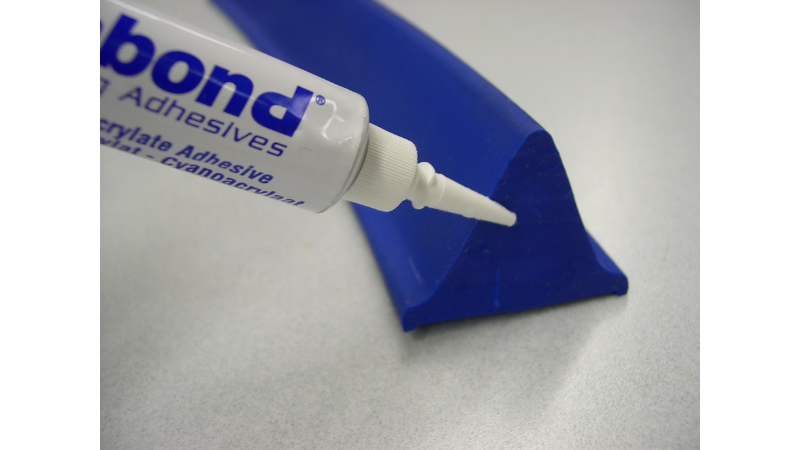
Silicone rubber adhesives are a type of glue, but they’re not your average household variety. They are specially designed to bond silicone rubber, a material used in a wide range of industries.
These adhesives are unique because they can resist high temperatures and harsh conditions. As a result, it makes them ideal for technically demanding applications like car engines, medical devices, and electronic gadgets.
So, silicone rubber adhesives become the best option when you need something solid and resilient. They help businesses create products that stand the test of time. These adhesives are also highly flexible, which means they can handle movement and stress without breaking.
Moreover, silicone adhesives also resist moisture, chemicals, and UV light. This ensures a long-lasting bond that can withstand challenging situations. Hence, with silicone rubber adhesives, businesses can improve product reliability, reduce maintenance costs, and increase customer satisfaction.
Silicone Rubber Adhesives Properties
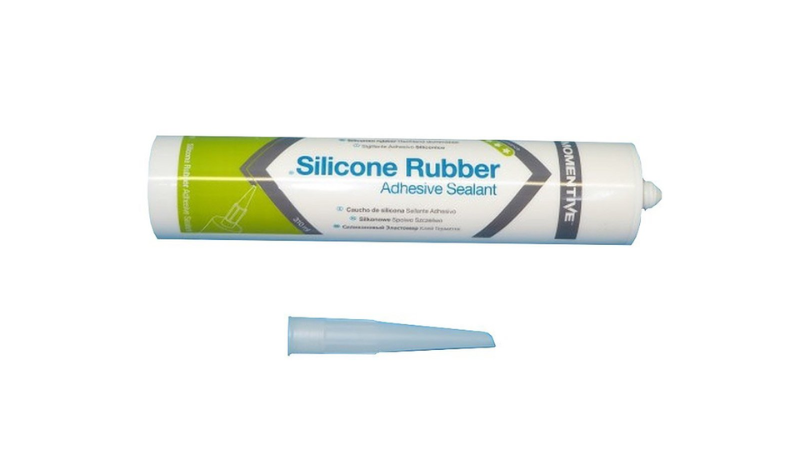
Silicone rubber adhesives have several key properties, making them a top choice in many industries. Here are the main ones:
- Temperature Resistance: Rubber materials can withstand a wide range of temperatures. They keep a firm grip, whether it’s a car engine’s heat or a freezer’s chill. This means your products stay reliable in all conditions.
- Chemical Resistance: This product can also handle exposure to various chemicals. Hence, they won’t break down or lose their grip. This means your products can stand up to tough environments and keep performing well for longer.
- Low Surface Energy: Silicone rubber adhesives can stick to surfaces that other glues can’t. They can bond with non-porous materials, like plastic or metal. This opens up more possibilities for your product designs.
Each of these properties adds value to your products, making them more durable, versatile, and dependable. Therefore, it is safe to say that silicone rubber adhesives can take your product performance to the next level.
Importance of Silicone Rubber Adhesives in Various Industries
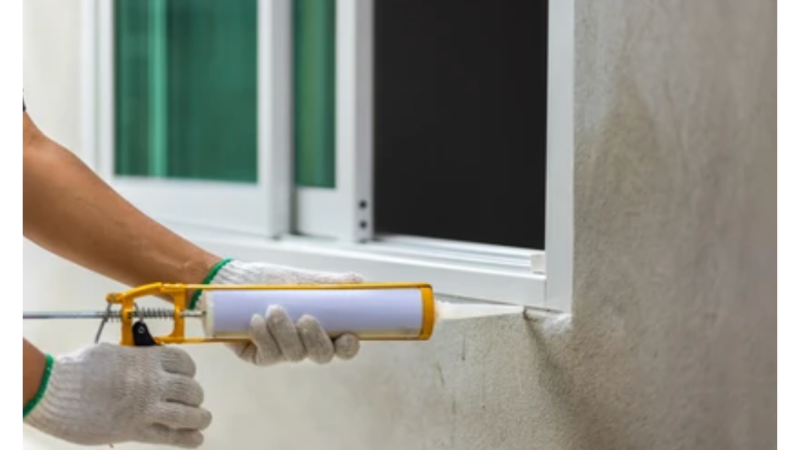
Silicone rubber adhesives play a vital role in many industries. Let’s take a look at a few examples.
- Automotive Industry: Cars are exposed to temperature extremes, from the heat of the engine to the chill of winter. Silicone rubber adhesives help bond parts in the engine and other extreme-temperature areas. This helps ensure that our vehicles can withstand these harsh conditions and run smoothly.
- Electronics Industry: Our gadgets, from smartphones to laptops, are packed with tiny components. These need to be securely bonded without damaging sensitive parts. Silicone rubber is perfect for protecting electronics. They provide a secure bond that can withstand the heat generated by electronic devices.
- Medical Industry: Silicone rubber adhesives are also used in medical devices. For instance, they’re used to bond parts in hearing aids and pacemakers. As a result, they act as the reliable and safe bond that helps devices functions in critical conditions.
- Construction Industry: In construction, silicone rubber adhesives are used to seal and bond materials like glass, metal, and plastic. Moreover, they can withstand outdoor conditions, resisting rain, sun, and temperature changes. This helps buildings stay solid and safe for years to come.
- Consumer Products Industry: Many everyday items, like kitchenware, shoes, and toys, also benefit from silicone rubber adhesives. They help these products withstand daily wear and tear, ensuring they last longer.
- Aerospace Industry: Here, adhesives face harsh conditions. For instance, they’re used to secure heat shields on spacecraft, ensuring safety and performance even in extreme heat and cold.
So, as we can see, silicone rubber adhesives are a small component with a big impact. They lead to high performance and reliability in many sectors, truly proving their importance.
Different Adhesives of Silicone Rubber
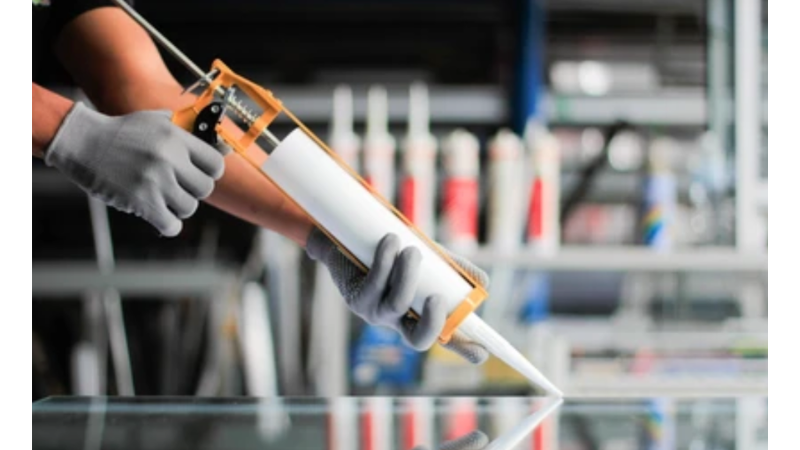
Silicone rubber can be bonded using several types of adhesives. Each one has unique properties that make it suitable for different applications. Here are three main types:
- Epoxy Resin: This is a strong adhesive that forms a tough bond. Most commonly used for heavy-duty applications, such as automotive or aerospace. On top of it, epoxy resin can withstand high temperatures and harsh chemicals, making it a reliable choice for demanding environments.
- Urethane: Urethane adhesives are known for their flexibility. They can bend and stretch without breaking, making them great for moving or flexing materials. Hence, you’ll often find urethane used in the footwear industry, for example, to bond the soles of shoes.
- Pressure Sensitive Adhesives (PSAs): These adhesives stick to surfaces when pressure is applied without the need for heat or chemicals. They’re used in various applications, from sticking labels on bottles to bonding components in electronics. Moreover, PSAs are user-friendly and versatile, making them popular in many industries.
Bonding Techniques and Adhesive Selection
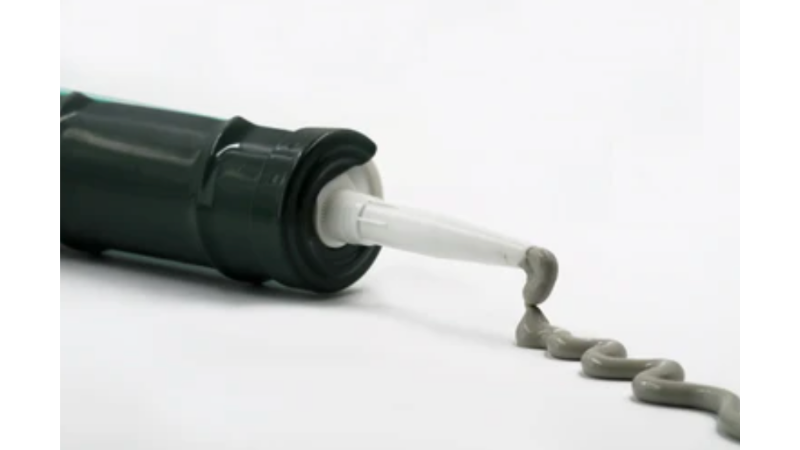
The success of bonding silicone rubber to any material heavily depends on the right techniques and adhesive selection. Let’s delve into these crucial steps.
Surface Preparation
First off, surface preparation is key. It involves cleaning the surfaces to remove any dirt, oil, or other contaminants before bonding. You can do this using an appropriate cleaning agent or solvent. Remember that the cleaner the surface, the stronger the bond you can achieve. Hence, one must always remember that a clean surface is bondable.
Silicone Adhesives Types and Applications
Next, you need to select the right adhesive for your specific application. We’ve already discussed epoxy resin, urethane, and pressure-sensitive adhesives. Each of these has its own strengths and ideal applications.
Epoxy resin is known for its toughness, urethane offers flexibility, and PSAs provide ease of use. As a result, understanding the specific needs of your product will help you make the right choice.
Bonding Silicone Rubber to Metal

Bonding silicone rubber to metal needs more attention. Metals like steel and aluminum have different properties, and you need to consider these when bonding.
Surface Preparation for Metal Bonding
Start with proper surface preparation. For metal, this often means removing any oxide layers or residues that could weaken the bond. Techniques like abrasion or chemical etching can help prepare the metal surface.
Adhesive Selection for Metal Bonding
Then comes adhesive selection. Some adhesives work better with certain metals. For example, epoxy resins can form a strong bond with steel. Meanwhile, some urethane adhesives are suitable for aluminum. Researching and testing different adhesives can help you find the best fit for your specific metal and application.
In summary, successful bonding involves careful surface preparation and thoughtful adhesive selection. By following these steps, you can create durable and reliable products with silicone, rubber, and metal.
Bonding Problems and Challenges
Even with the proper techniques and adhesives, you might still encounter some challenges when bonding silicone rubber. Let’s discuss two common problems and how to solve them.
Common Bonding Problems
- Non-Adherence to Specific Materials: Not all materials bond well with silicone rubber. For example, low surface energy materials like polyethylene can be tricky to bond. They don’t stick well to the adhesive.
- Shear Strength Issues: Shear strength refers to how well a bond can resist sliding forces. The bond could fail under stress or pressure if the adhesive doesn’t provide enough shear strength.
How to Solve Bonding Difficulties
Despite these challenges, there are ways to improve bonding success.
- Surface Modification Techniques: These techniques can make difficult-to-bond materials more adhesive-friendly. For instance, you can use corona or plasma treatment to increase the surface energy of a material. This can improve bond strength.
- Specialized Adhesives: Sometimes, more than a standard adhesive might be needed. In such cases, you can turn to specialized adhesives. These bond with specific materials or to withstand particular conditions. They can help you overcome bonding difficulties and achieve a stronger, more reliable bond.
How to Maximize Performance Through Proper Bonding

Maximizing the performance of your bonded products involves more than just sticking two things together. Here are some tips to help you get the most out of your bonding process:
- Choose the Right Adhesive: Not all adhesives have the same properties. Some work better with certain materials or under specific conditions. Do your research and choose the adhesive that best suits your needs.
- Prepare Your Surfaces: A clean surface is a bondable surface. Before applying the adhesive, ensure your surfaces are clean and free from dirt, oil, or other contaminants. This will help create a stronger bond.
- Apply the Adhesive Correctly: Each adhesive has its own application methods. Follow the manufacturer’s instructions to ensure the best practices for applying the adhesive.
- Allow Proper Curing Time: Don’t rush the bonding process. Allow the adhesive to cure fully before testing or using the bonded product. This will ensure the bond has reached its maximum strength.
- Test the Bond: Before using the bonded product in a real-world scenario, test the bond. Apply pressure, heat, or other relevant stresses to ensure the bond can withstand the demands of its intended use.
- Stay Informed: The world of adhesives is constantly evolving. New products and techniques are being developed all the time. Stay up to date with the latest developments to ensure you’re always getting the best results.
Remember, the key to maximizing performance through proper bonding is understanding your materials, using the right adhesive, and following the correct bonding procedures. With these tips in mind, you’ll be well on your way to creating high-quality, reliable products.
Conclusion
Silicone rubber adhesives are pivotal in many demanding industries like aerospace, automotive, and electronics, contributing significantly to product performance and durability. Their success hinges not only on the right choice of adhesive but also on effective surface preparation and proper application. This comprehensive approach to bonding can help overcome challenges and create long-lasting, reliable products.
Discover the Power of Silicone Solutions Today!
Harness the potential of silicone rubber adhesives in your industry. Learn more about us and our high-quality, durable products designed to tackle your bonding challenges. Explore Hongju‘s website, and let’s innovate together! Contact us now for more silicone solutions!
Take the First Step:
Requst for an Inquire
Quality Meets Affordability. Inquire Now for High-Quality Products at Low Volumes.